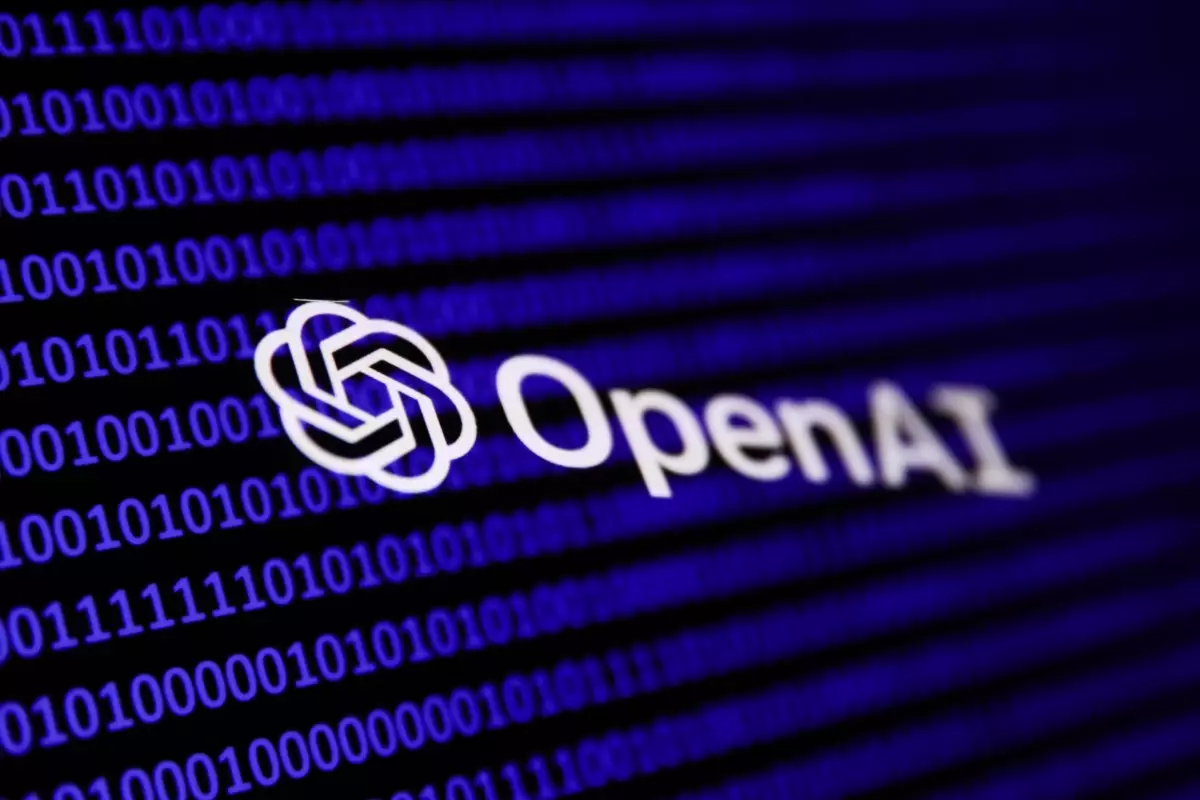The landscape of technology constantly evolves, driven by innovative startups and established giants alike. One of the most notable recent developments came from OpenAI, an artificial intelligence firm that has made significant strides in the sector since its inception. Their recent trademark filing with the U.S. Patent and Trademark Office (USPTO) is not just another routine action; it hints at the company’s aspirations to diversify its offerings. This unveiling could potentially introduce a new wave of AI-powered consumer products that may redefine user interaction.
The trademark application submitted by OpenAI outlines a broad spectrum of hardware products ranging from headphones to smartwatches. Perhaps the most intriguing aspect of this filing is the inclusion of virtual and augmented reality headsets designed explicitly for “AI-assisted interaction, simulation, and training.” Such technology suggests a future where human experience is seamlessly intertwined with AI, capable of enhancing tasks in both professional and personal spheres.
Furthermore, OpenAI’s collaboration with former Apple designer Jony Ive indicates that their ambitions in hardware design are backed by significant expertise. Sam Altman, the company’s CEO, has made it clear that while the vision is expansive, translating these ideas into tangible products will require considerable time and extensive partnerships. The mention of several years for prototype development signals a long-term commitment to innovating in this space, emphasizing that OpenAI is not merely bandwagoning on current trends but is strategically mapping out its trajectory.
Another fascinating element of OpenAI’s filing is its reference to humanoid robots that are user-programmable and capable of communication and learning. The establishment of a robotics team led by Caitlin Kalinowski, who has a rich background in augmented reality from Meta, indicates a robust commitment to this area. The goal is to harness advanced sensors and AI to create robots imitating human intelligence and behavior, which opens a new frontier in personal assistance and entertainment.
As the world increasingly embraces automation, the implications of humanoid robots in everyday life could be substantial. While many may envision these robots primarily as tools for household chores or companions, the potential applications extend into numerous fields, including education and healthcare. As this technology matures, it asks important questions related to ethics, social interaction, and the evolving relationship between humans and machines.
OpenAI’s ambitions do not halt at consumer hardware and robotics. Their interest in developing custom AI chips indicates a broader strategy aimed at optimizing performance through cutting-edge technology such as quantum computing. Quantum systems possess the remarkable ability to execute myriad calculations at once, paving the way for enhanced efficiency in training AI models. Historically, the computational costs for AI have posed significant barriers, but advancements in quantum technologies could level the playing field.
Although the specifics of OpenAI’s quantum computing plans remain somewhat nebulous, the hiring of a former quantum systems architect indicates a serious investment in this area. Should OpenAI successfully navigate the complexities of quantum technologies, they may be instrumental in establishing new standards for AI model performance, drastically reducing the time and expense typically associated with model training.
While the content of OpenAI’s trademark application has the potential to spark excitement and speculation about its future products, it’s important to approach these developments with a critical eye. Trademark applications are deliberately crafted to be broad, capturing numerous possibilities, yet they do not guarantee commercialization. The tech industry is filled with examples of ambitious plans that never reached fruition, making the timeline for the realization of these proposals uncertain.
That said, the files do suggest fertile ground for OpenAI’s efforts to innovate and expand into new sectors. Whether it’s hardware that redefines user interaction or robots that integrate into daily life, OpenAI has signaled its intent to push boundaries. Enthusiasts and skeptics alike will be watching closely as the company navigates through prototyping, partnerships, and production, understanding that the intersection of AI and consumer technology could very well reshape the future of our digital experiences.
As the world stands on the precipice of these advancements, dialogues surrounding ethical ramifications, societal impact, and practicality will profoundly shape how these technologies are integrated into our lives. OpenAI is more than just a company; it’s a harbinger of what is yet to come.

